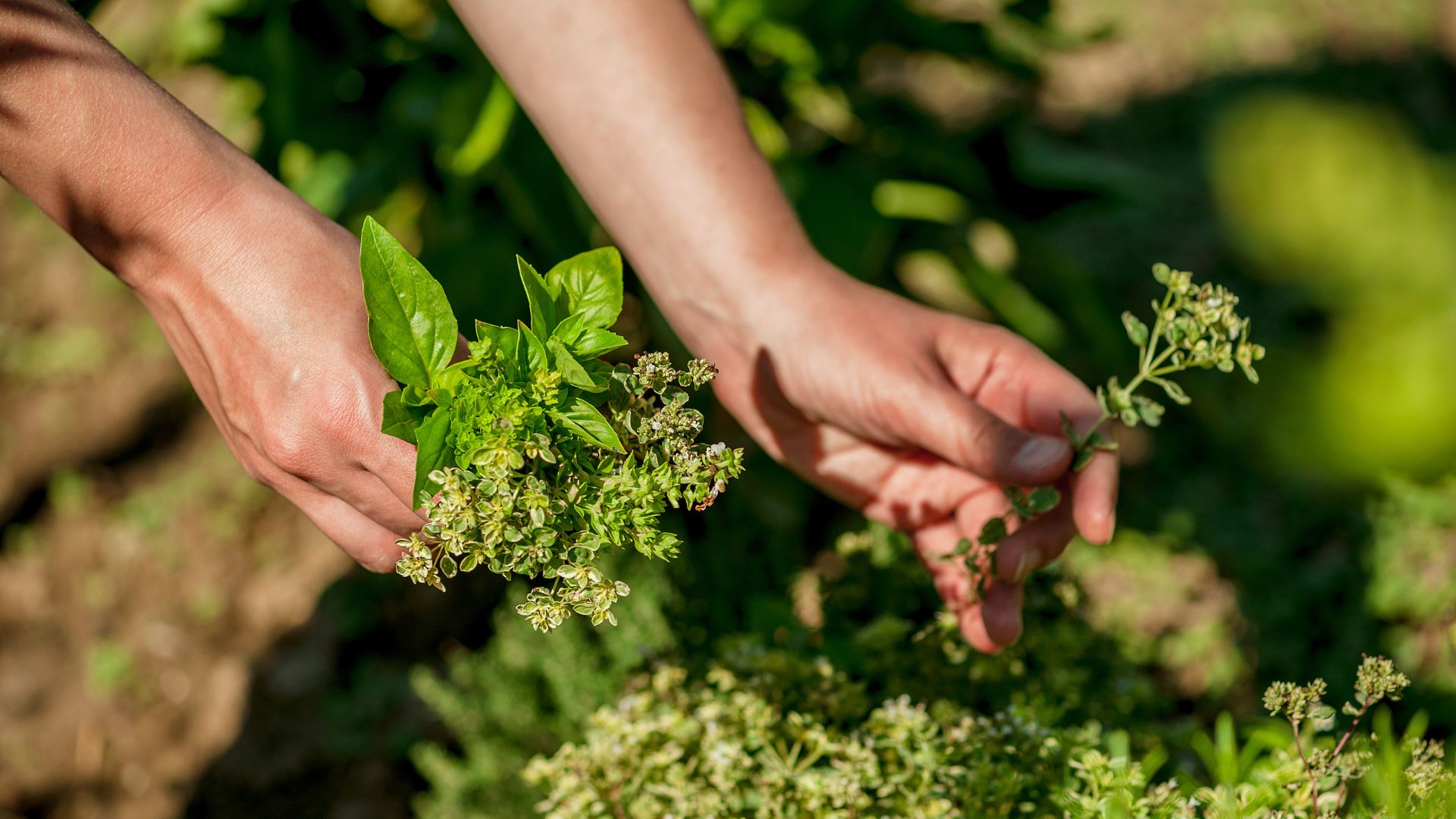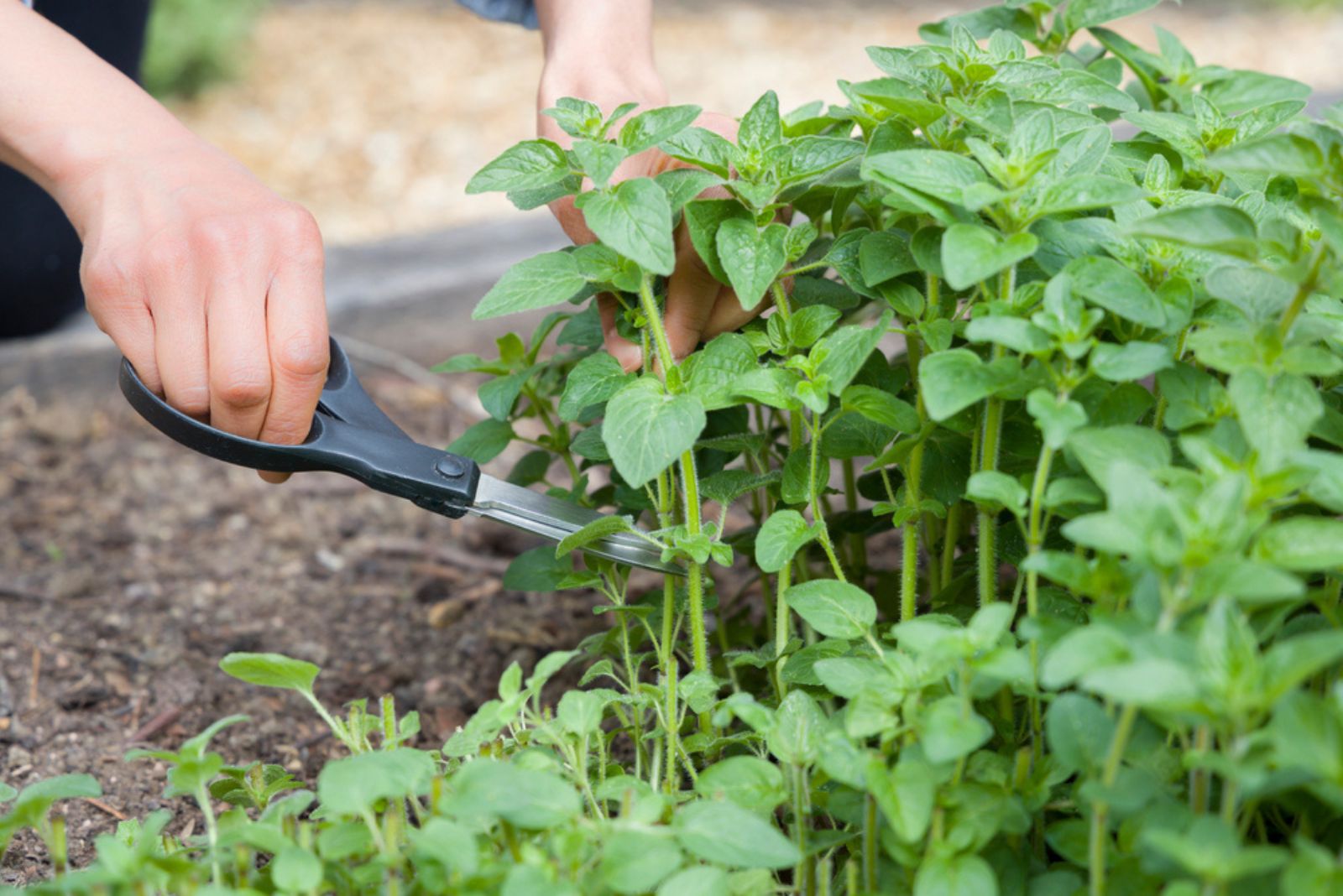Oregano is a part of many indoor and outdoor gardens and is renowned for its fantastic taste and smell.
Caring for this famous Mediterranean herb is fairly simple and even beginners can do it. However, one of the trickiest parts of growing oregano is pruning and harvesting.
You need to know the exact spot where you’ll make a cut unless you want to damage the plant and inhibit further growth.
But don’t worry, I’ll show you the best way to harvest oregano from your garden and tell you why you can’t skip this part.
The Best Way To Harvest Your Oregano
Many members of herb gardens, such as parsley, prefer pruning down to the ground. However, that’s not the case with oregano.
You’ll need to take the upper third of your oregano plant and cut it. This won’t cause any damage to the plant and it can continue to grow healthily.
When harvesting your oregano, make sure to use clean and sharp cutting tools to avoid damage and diseases.
Additionally, it’s good to have a basket for collecting oregano leaves after the harvest.
There are many ways to use oregano after harvesting. For culinary use, always strip off the leaves from the stem.
You can dry the leaves and stems using some of these herb drying techniques.
The Benefits of Pruning Your Oregano
The first reason why you should prune your oregano is to encourage bushier growth. Well, the main goal of every gardener is to have as many oregano leaves as possible.
Similarly to other herbs, oregano is susceptible to pests and diseases, especially if there’s no good air circulation. Pruning will ensure good airflow and protect your plant from various infections and infestations.
Is there any difference between pruning different oregano varieties? Surprisingly, the term oregano doesn’t apply to plants but rather to the taste and smell the plant has due to the presence of carvacrol. (1)
So, wild marjoram, Greek oregano, or any other variety you purchased under the term oregano all need the same pruning technique.
The perfect pruning and harvesting method will result in happy and healthy oregano plants and that means more leaves to add to our favorite dishes!
References
1. Zotti, M., Colaianna, M., Morgese, M. G., Tucci, P., Schiavone, S., Avato, P., & Trabace, L. (2013). Carvacrol: From Ancient Flavoring to Neuromodulatory Agent. Molecules


